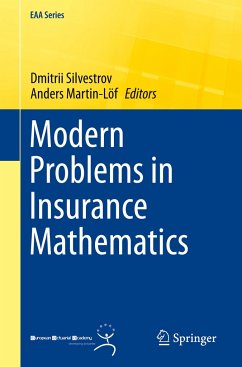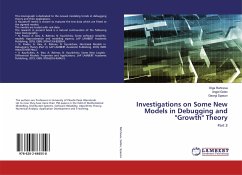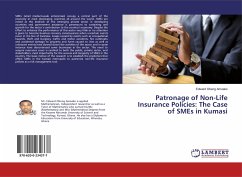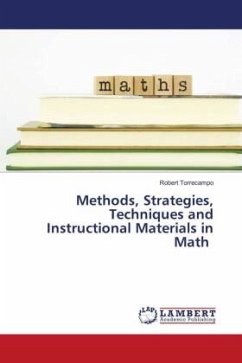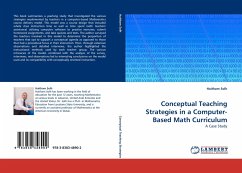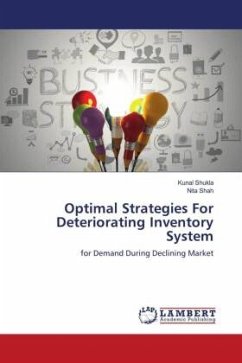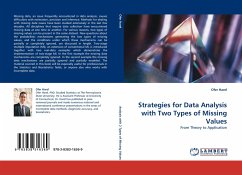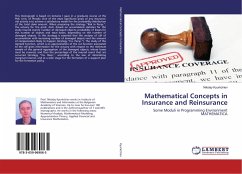
Mathematical Concepts in Insurance and Reinsurance
Some Moduli in Programming Environment MATHEMATICA
Versandkostenfrei!
Versandfertig in 6-10 Tagen
25,99 €
inkl. MwSt.

PAYBACK Punkte
13 °P sammeln!
This monograph is based on lectures I gave in a graduate course at the FMI, Univ. of Plovdiv. One of the most significant goals of any insurance risk activity is to achieve a satisfactory model for the probability distribution of the total claim amount. When preparing the strategy "Risk in Persp.", the actuary fix: the prob. distr. (based on accumulated statistics for the study insured event); number of damaged objects; probability of losses for this number of objects and total losses, depending on the number of damaged objects. In this strategy is essential that the analysis of cdf of accumul...
This monograph is based on lectures I gave in a graduate course at the FMI, Univ. of Plovdiv. One of the most significant goals of any insurance risk activity is to achieve a satisfactory model for the probability distribution of the total claim amount. When preparing the strategy "Risk in Persp.", the actuary fix: the prob. distr. (based on accumulated statistics for the study insured event); number of damaged objects; probability of losses for this number of objects and total losses, depending on the number of damaged objects. In this strategy is essential that the analysis of cdf of accumulation with increasing number of damaged objects and the amount of compensation likely to happen (strategy "Ins. Persp."). The study of this sigmoid function, which is an approximation of the cut function associated to the cdf gives information for the actuary with respect to the minimum sample of the general aggregation of the damaged objects, whose losses must be covered, and thus the percentage of the insured event that are occurred (strategy "Ins. Resp.", according to the law of diminishing marginal returns), and at a later stage for the formation of a support plan for the formation policy.



